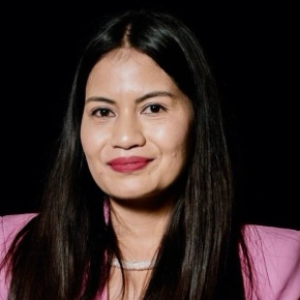Title : Economic impact of cancer care on tribal families in Meghalaya, India: A cross-sectional study
Abstract:
Introduction: Cancer is one of the leading causes of death globally, imposing a significant burden on healthcare systems, especially in low-income regions.
Objective: This study investigates the economic burden of cancer on patients undergoing treatment at Civil Hospital, Shillong, Meghalaya, India.
Methods: The study is a hospital-based, cross-sectional survey involving 320 cancer patients, with data collected using a semi-structured questionnaire. The primary objective was to assess the out-of-pocket expenditure (OOPE) related to cancer care, including direct medical costs, non-medical costs, and indirect costs, such as income loss.
Results: The findings indicate that the median OOPE for cancer treatment is INR 45,950 (USD 552.01), with the largest portion attributed to direct medical costs (INR 42,000; USD 504.52), followed by non-medical (INR 3,000; USD 36.03) and indirect costs (INR 800; USD 9.61). Despite health insurance coverage under the Meghalaya Health Insurance Scheme (MHIS), many patients experienced catastrophic health expenditures (CHE), with 99.4% of participants facing significant financial burdens due to cancer treatment. Socio-economic factors significantly influenced OOPE and CHE. Upper-middle-class patients had higher OOPE than lower-class patients, and those making frequent hospital visits, particularly using private transportation, faced significantly higher costs. Patients diagnosed with Stage IV cancer incurred substantially higher OOPE compared to those in earlier stages, highlighting the importance of early detection. Additionally, patients with head and neck cancers faced higher costs than those with gastrointestinal cancers. Families with more family members experienced significantly higher CHE, as did patients without health insurance compared to those with MHIS.
Discussion and conclusion: The study emphasizes the critical need for improved financial protection mechanisms for cancer patients. Expansion of MHIS coverage, early diagnosis, and support for non-medical costs, such as transportation and supplemental nutrition, are recommended to alleviate the economic burden. Additionally, implementing telemedicine, improving rural healthcare access, and promoting universal health coverage (UHC) could reduce OOPE and increase access to cancer treatment, particularly for socio-economically disadvantaged groups. While MHIS has reduced some of the financial strain, significant gaps in coverage remain, necessitating policy interventions to improve the affordability and accessibility of cancer care for Meghalaya's population.



